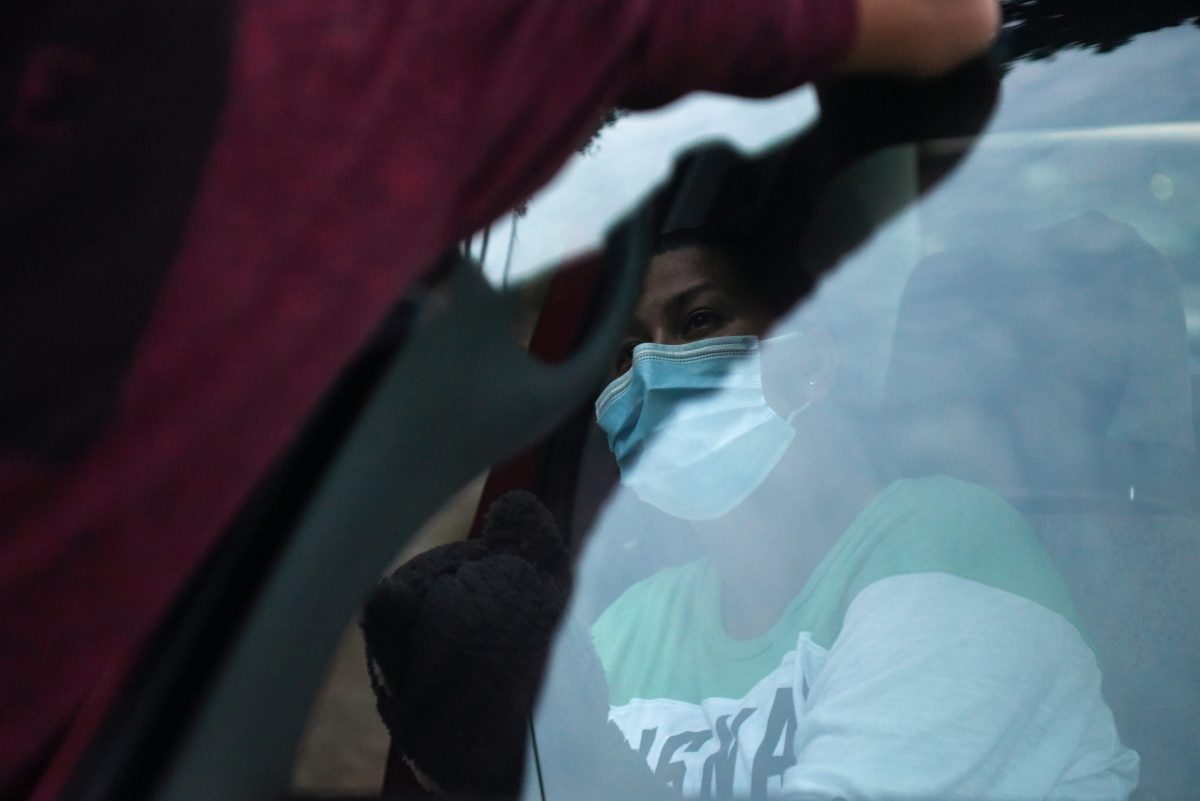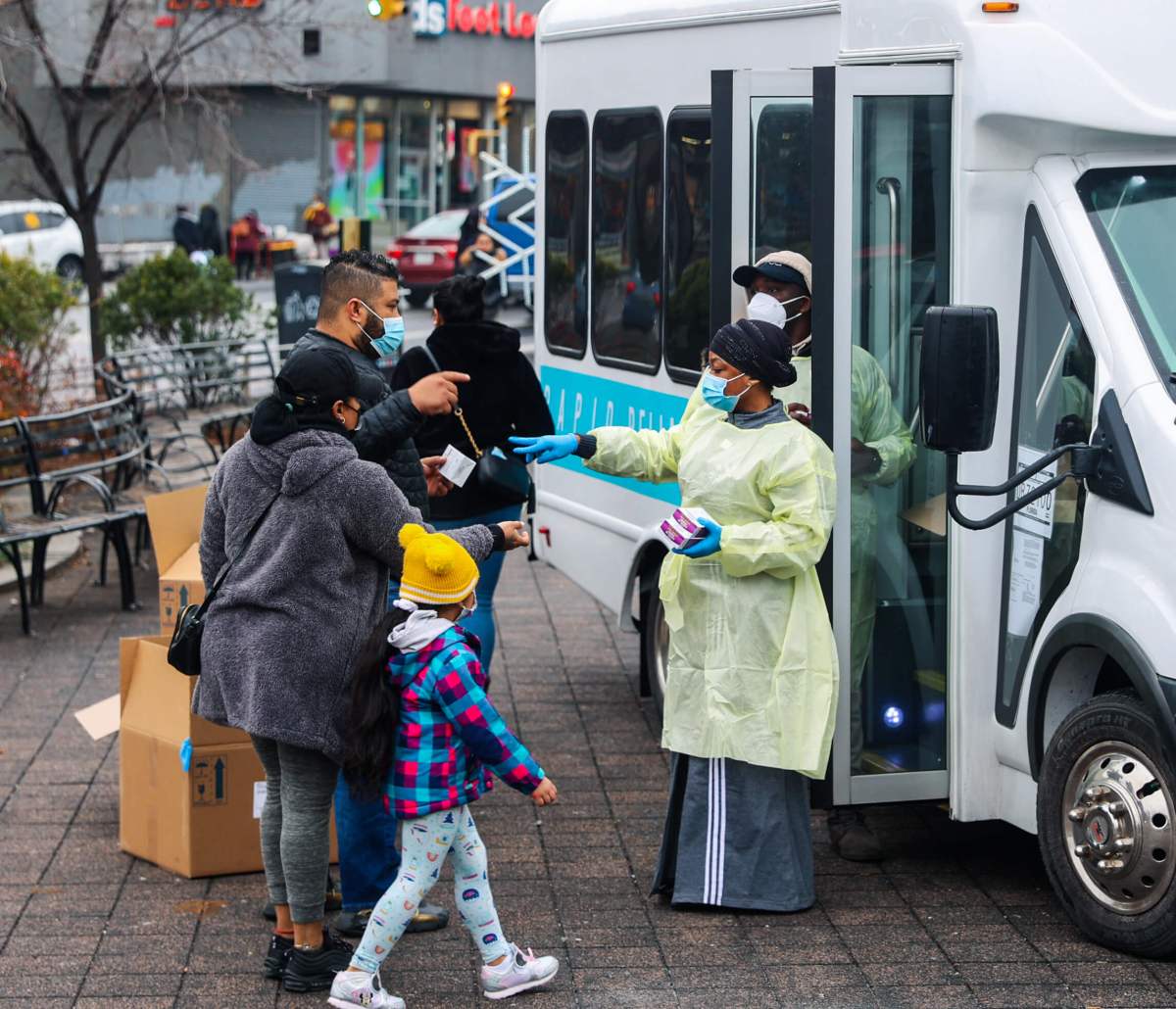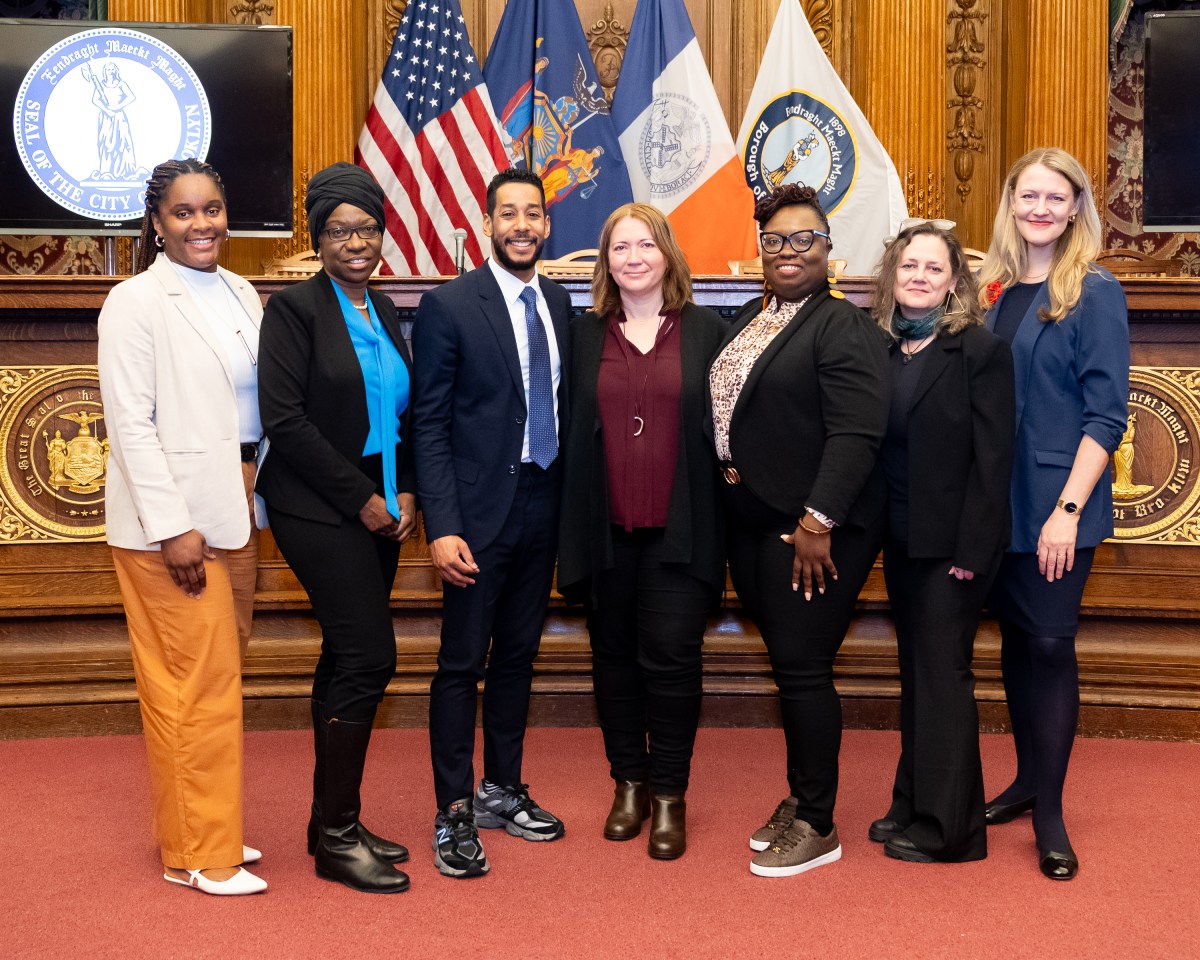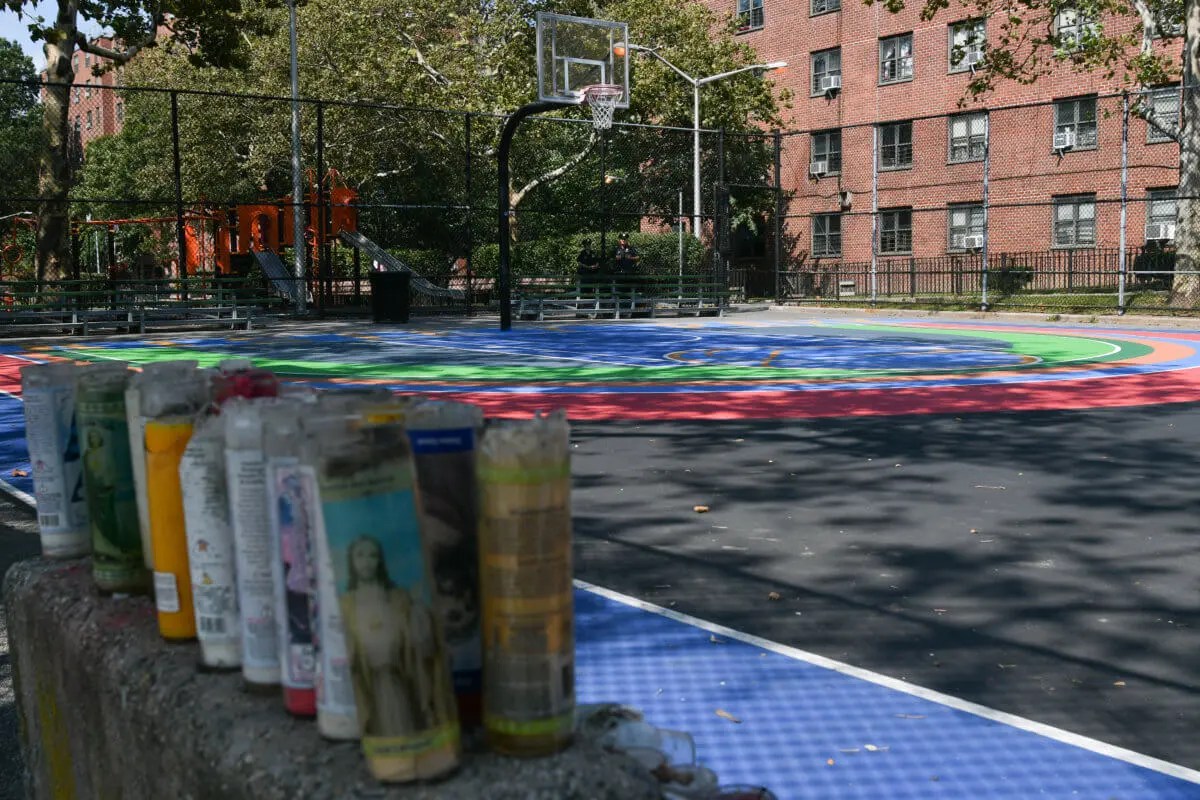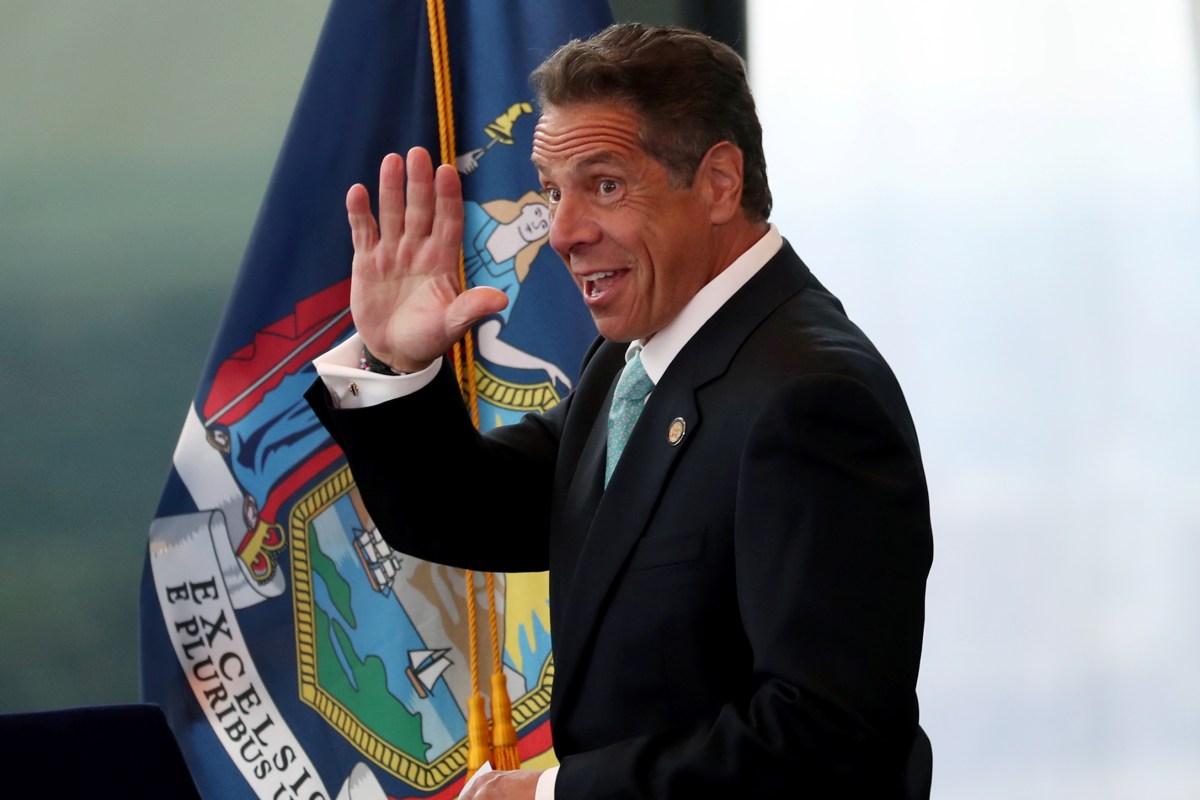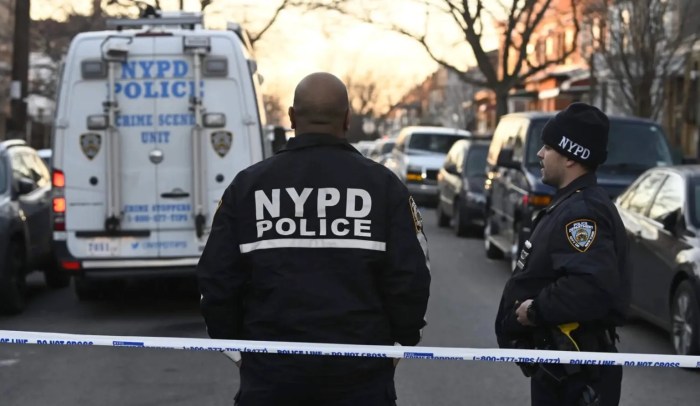BY CALLAGHAN O’HARE AND RICH MCKAY
The U.S. coronavirus outbreak worsened on Tuesday as more states reported record rises in new cases, and Florida, the third-most populous state, was quickly running out of hospital intensive care unit (ICU) beds.
Authorities have reported an alarming rise in infections in roughly two dozen states in the past two weeks, a sign that efforts to control the spread of the novel coronavirus have failed in large swathes of the country. Montana, Oklahoma and Missouri on Tuesday shattered their previous daily record highs for new cases.
The jump has led many Americans to seek out testing for coronavirus. The U.S. Department of Health and Human Services said on Tuesday it was adding short-term “surge” testing sites in three metropolitan areas in Florida, Louisiana and Texas.
In Houston, a line of more than 200 cars snaked around the United Memorial Medical Center as people waited for hours in sweltering heat to get tested. Some had arrived the night before in order to secure a test at the drive-through site.
“I got tested because my younger brother got positive,” said Fred Robles, 32, who spent the night in his car. “There’s so many people that need to get tested, there’s nothing you can do about it.”
Dean Davis, 32, who lost his job due to the pandemic, said he arrived at the testing site at 3 a.m. on Tuesday after he waited for hours on Monday but failed to make the cutoff.
“I was like, let me get here at 3, maybe nobody will be here,” Davis said. “I got here, there was a line already.”
In Florida, more than four dozen hospitals across 25 of 67 counties reported their ICUs had reached full capacity, data published by the state’s Agency for Health Care Administration showed. Only 17% of the total 6,010 adult ICU beds statewide were available on Tuesday, down from 20% three days ago.
Health officials are bracing for a wave of further hospitalizations that could strain healthcare systems in densely populated areas, leading to an uptick in deaths from the COVID-19 respiratory illness. Increased deaths tend to lag a rise in new cases by a month or longer.
More than 130,000 Americans have died from the illness – about a quarter of the global total. A widely cited model from the University of Washington’s Institute for Health Metrics and Evaluation projected on Tuesday that U.S. deaths would reach 208,000 by Nov. 1.
Coronavirus cases in Florida, a state with a large elderly population, have soared in the last month, with the daily count of new cases topping 10,000 three times in the last week. COVID-19 fatalities were up nearly 19% in the last week compared with the week prior, bringing the state’s death toll to more than 3,800.
“A lot of this is being driven by young people, under 40… They’re less at risk,” Florida Governor Ron DeSantis said at a news conference in Miami about the spike in new cases.
‘PRESSURE ON GOVERNORS’
U.S. President Donald Trump, who has pushed for the reopening of the U.S. economy and urged Americans to return to their daily lives, said on Tuesday he would pressure state governors to open schools in the fall.
The Republican president, speaking at the White House, said some people wanted to keep schools closed for political reasons. “No way, so we’re very much going to put pressure on governors and everybody else to open the schools.”
Colleges and universities have been forced to adjust reopening plans, including altering their calendars and holding some courses online. Harvard University said on Monday all of its courses would be online for the upcoming academic year.
New COVID-19 infections are rising in 42 states, based on a Reuters analysis of the past two weeks compared to the prior two, putting the Unites States close to 3 million total cases.
In Arizona, another hotspot, the rate of coronavirus tests coming back positive rose to 26% for the week ended July 5. The World Heath Organization considers a rate over 5% to be troubling.
The surge has forced authorities to backpedal on moves to reopen businesses, such as restaurants and bars, after mandatory lockdowns in March and April reduced economic activity to a virtual standstill and put millions of Americans out of work.
The Texas state fair, which had been scheduled to open on Sept. 25, has been canceled for the first time since World War Two due to concerns about the virus, organizers announced on Tuesday.
In Ohio, Governor Mike DeWine said the state was ordering people in seven counties to wear face coverings in public starting on Wednesday evening.



